
FILE - In this March 28, 2018, file photo, a North Atlantic right whale feeds on the surface of Cape Cod bay off the coast of Plymouth, Mass. The population of North Atlantic right whales has dipped to the lowest level in two decades, according to the North Atlantic Right Whale Consortium. (AP Photo/Michael Dwyer, File)
PORTLAND, Maine (AP) — A type of whale that is one of the rarest marine mammals in the world lost nearly 10% of its population last year, a group of scientists and ocean life advocates said on Monday.
The North Atlantic right whale numbered only 366 in 2019, and its population fell to 336 in 2020, the North Atlantic Right Whale Consortium said. The estimate is the lowest number in nearly two decades.
Right whales were once abundant in the waters off New England, but were decimated during the commercial whaling era due to their high concentrations of oil. They have been listed as endangered by the U.S. government for more than half a century.
The whales have suffered high mortality and poor reproduction in some recent years. There were more than 480 of the animals as recently as 2011. They’re vulnerable to fatal entanglement in fishing gear and collisions with large ships, and even when they survive, they often emerge less fit and less able to feed and mate, said Scott Kraus, chair of the consortium.
“No one engaged in right whale work believes that the species cannot recover from this. They absolutely can, if we stop killing them and allow them to allocate energy to finding food, mates and habitats that aren’t marred with deadly obstacles,” Kraus said.
The whales feed and mate off New England and Canada. They then travel hundreds of miles in the fall to calving grounds off Georgia and Florida before returning north in the spring.
The whale consortium was founded in the mid-1980s by a group of science institutions including the New England Aquarium and today includes dozens of members from academia, industry, government and elsewhere.
The National Oceanic and Atmospheric Administration, the arm of the federal government that monitors and regulates ocean issues, cautioned that the group’s estimate is preliminary and has not yet been peer reviewed. However, the agency shares the consortium’s concern about the loss of right whales, said Allison Ferreira, a spokesperson for the agency.
“North Atlantic right whales are one of the most imperiled species on the planet, and the latest estimate shows that the substantial downward trajectory of right whale abundance documented over the last decade continues,” Ferreira said.
The whales, which can weight 135,000 pounds (61,235 kilos) have been a focus of conservationists for generations. Recently, efforts to save the whales have resulted in new restrictions on U.S. lobster fishing, and pushback from the fishing industry about those new rules.
The rules are designed to reduce the number of rope lines that link buoys to lobster and crab traps, and went into effect this year. However, the rules also resulted in a flurry of lawsuits, and a federal judge ruled this month that fishermen can continue to fish until further notice in an area off the coast of Maine that had been slated for restriction from their gear.

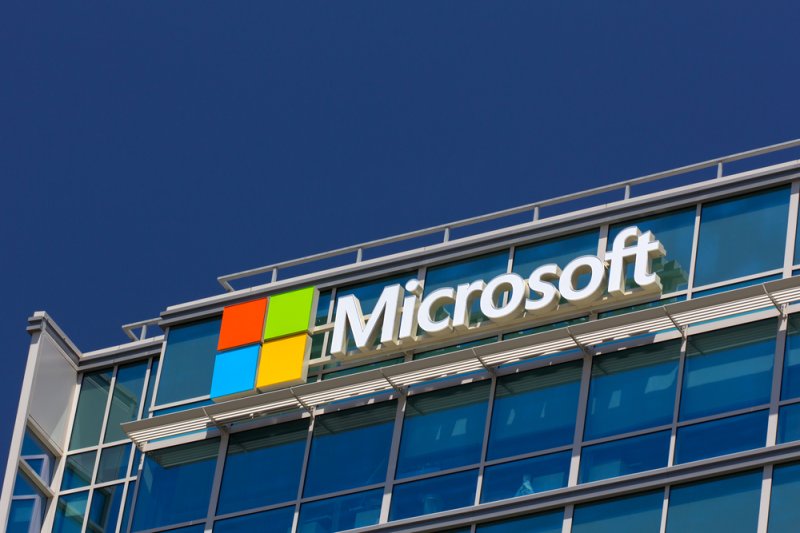



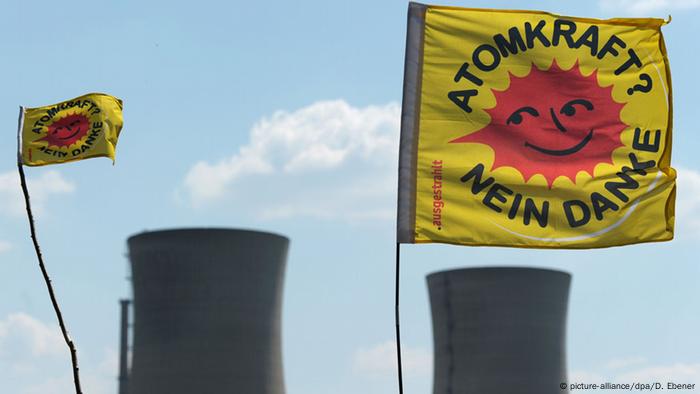
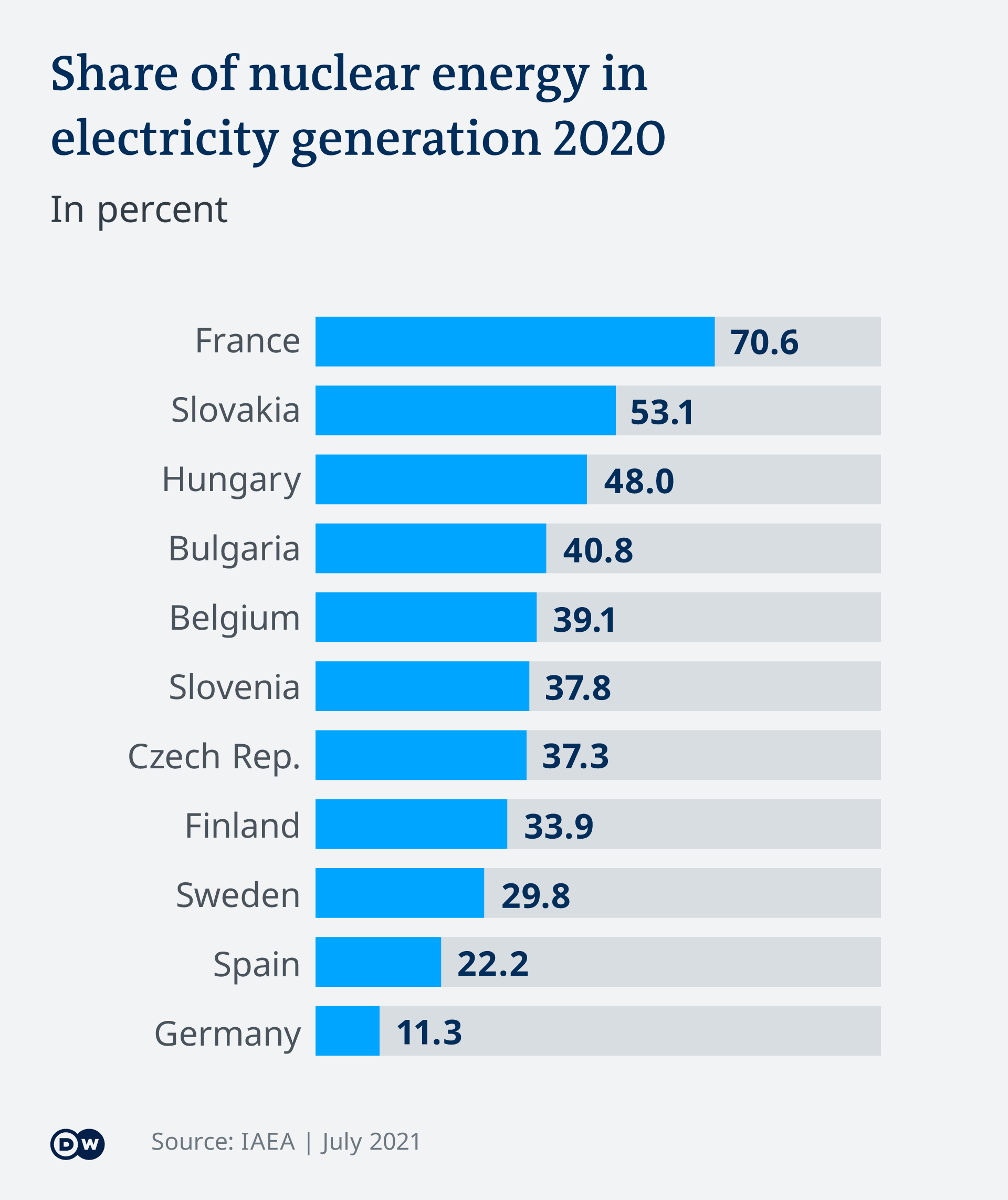

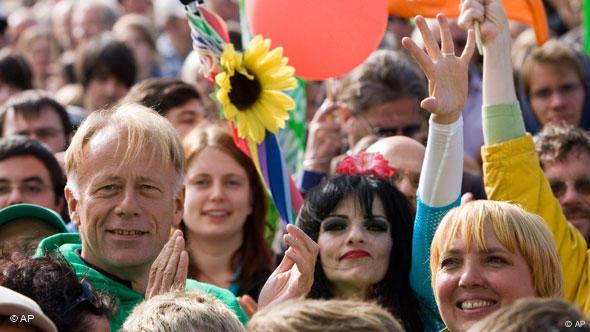

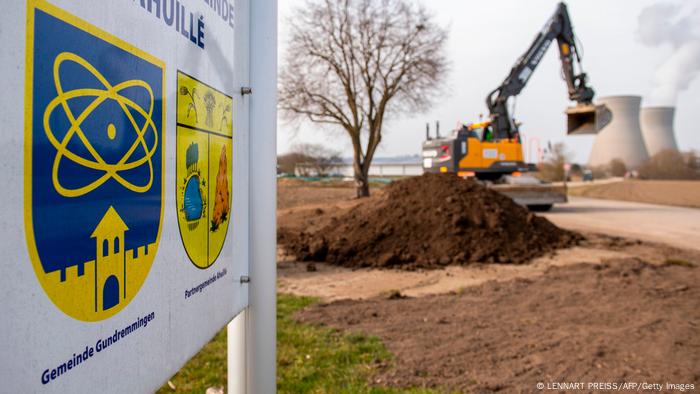


 © Provided by Global News Senior campaigner Flora Rebello Arduini adjusts an installation outside parliament in Westminster in London, Monday, Oct. 25, 2021. A 4-metre-high installation depicting Mark Zuckerberg surfing on a wave of cash was constructed outside parliament, as Facebook whistleblower Frances Haugen is due to testify to MPs on how the company puts profits ahead of public safety. The action comes after SumOfUs research revealed Instagram is still awash with posts promoting eating disorders, unproven diet supplements and skin-whitening products. (AP Photo/Kirsty Wigglesworth)
© Provided by Global News Senior campaigner Flora Rebello Arduini adjusts an installation outside parliament in Westminster in London, Monday, Oct. 25, 2021. A 4-metre-high installation depicting Mark Zuckerberg surfing on a wave of cash was constructed outside parliament, as Facebook whistleblower Frances Haugen is due to testify to MPs on how the company puts profits ahead of public safety. The action comes after SumOfUs research revealed Instagram is still awash with posts promoting eating disorders, unproven diet supplements and skin-whitening products. (AP Photo/Kirsty Wigglesworth)